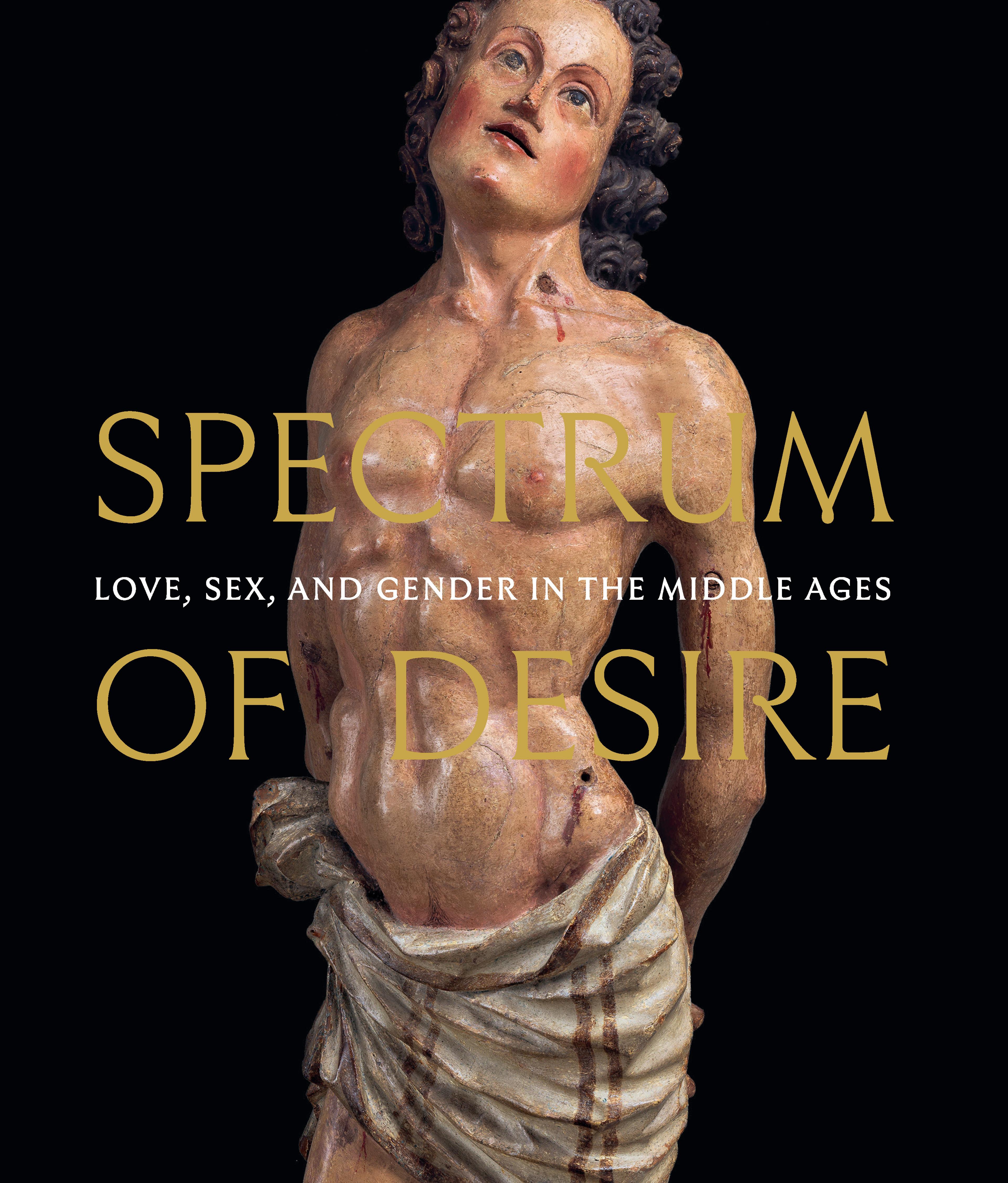English
The Visitation
Soon after the Virgin Mary learned of her miraculous conception of Jesus, she visited her relative Elizabeth, who was also expecting a child, John the Baptist. This representation of their joyous meeting comes from the Dominican convent of Katharinenthal, in the Lake Constance region of present-day Switzerland. Carved of walnut, with the original paint and gilding almost completely preserved, the figures of Mary and Elizabeth are each inset with crystal-covered cavities through which images of their infants may originally have been seen. The representation of the Visitation, incorporating images of the unborn Jesus and John the Baptist, is found with some frequency in contemporary works from German-speaking lands. Mary tenderly places her hand on Elizabeth’s shoulder, while her cousin raises her arm to her breast in reference to her declaration, “Who am I, that the mother of the Lord should visit me?” (Luke 1:43).
Artwork Details
- Title:The Visitation
- Artist:Attributed to Master Heinrich of Constance (German, active in Constance, ca. 1300)
- Date:ca. 1310–20
- Geography:Made in Constance
- Culture:German
- Medium:Walnut, paint, gilding, rock-crystal cabochons inset in gilt-silver mounts
- Dimensions:23 1/4 × 11 7/8 × 7 1/4 in. (59.1 × 30.2 × 18.4 cm)
- Classification:Sculpture-Wood
- Credit Line:Gift of J. Pierpont Morgan, 1917
- Object Number:17.190.724
- Curatorial Department: Medieval Art and The Cloisters
Audio
83. The Visitation, ca. 1310-20, Part 1
Gallery 304
0:00
0:00
We're sorry, the transcript for this audio track is not available at this time. Please email info@metmuseum.org to request a transcript for this track.
Listen to more about this artwork
More Artwork
Research Resources
The Met provides unparalleled resources for research and welcomes an international community of students and scholars. The Met's Open Access API is where creators and researchers can connect to the The Met collection. Open Access data and public domain images are available for unrestricted commercial and noncommercial use without permission or fee.
To request images under copyright and other restrictions, please use this Image Request form.
Feedback
We continue to research and examine historical and cultural context for objects in The Met collection. If you have comments or questions about this object record, please contact us using the form below. The Museum looks forward to receiving your comments.
